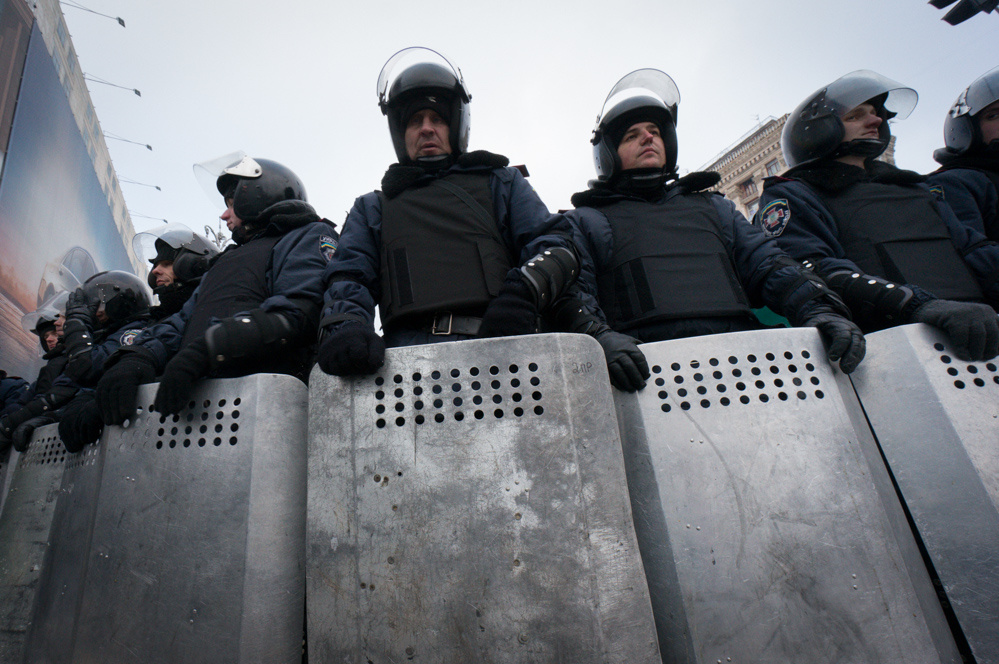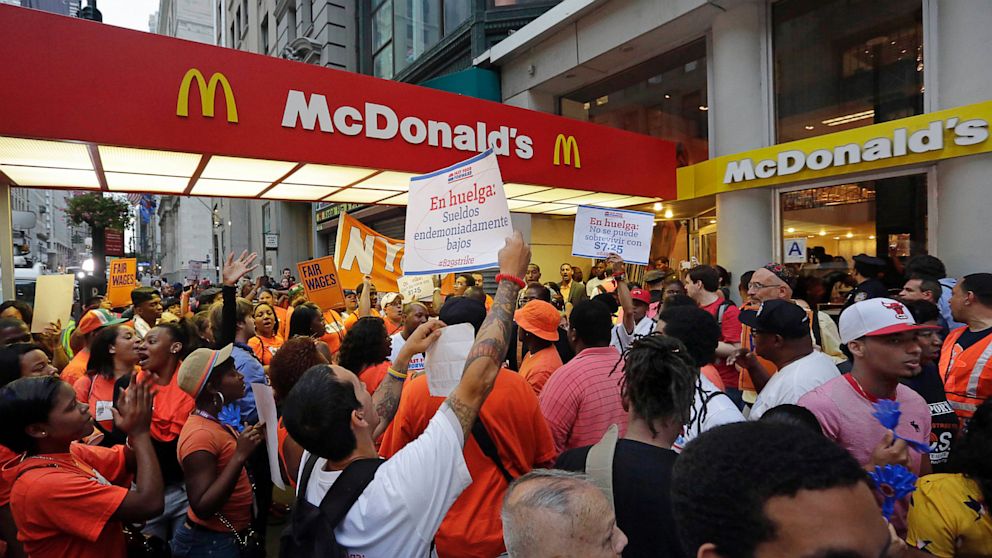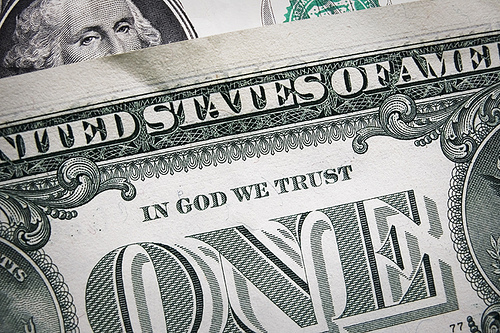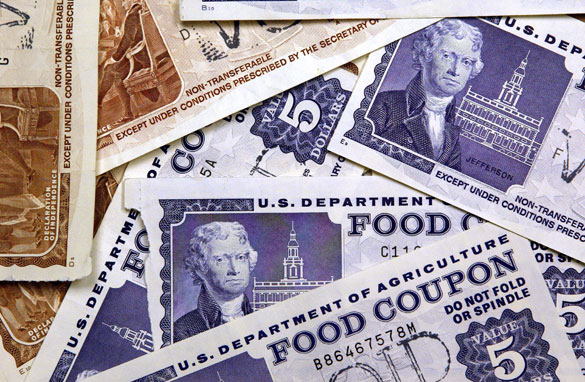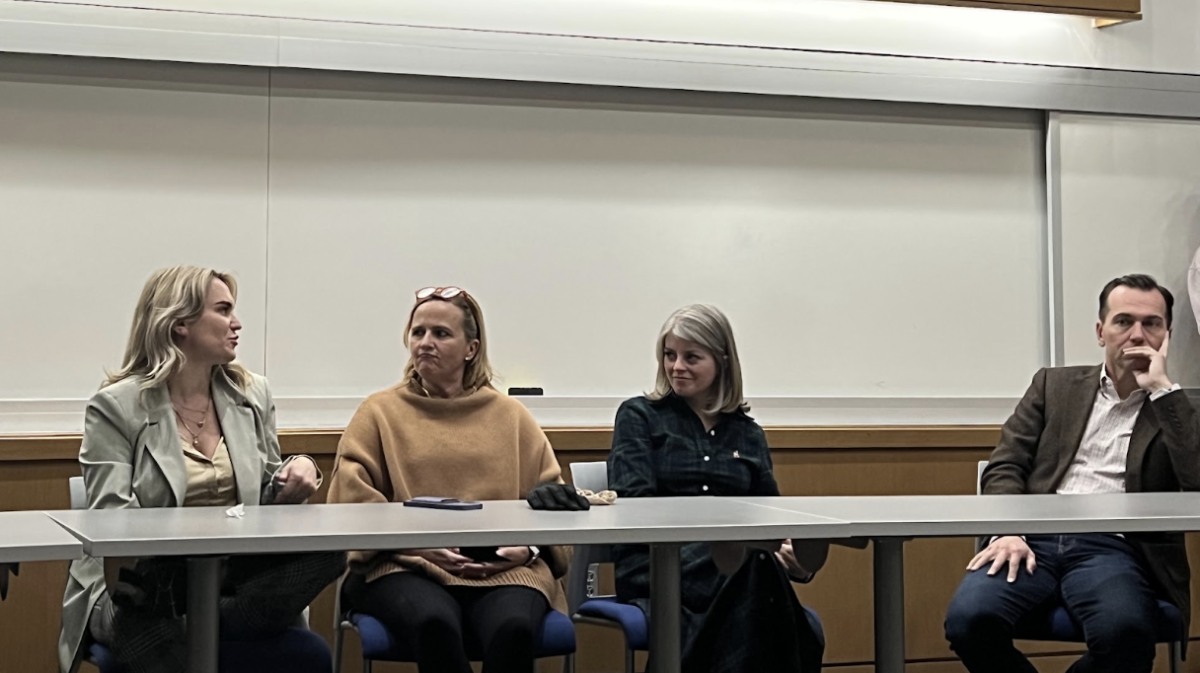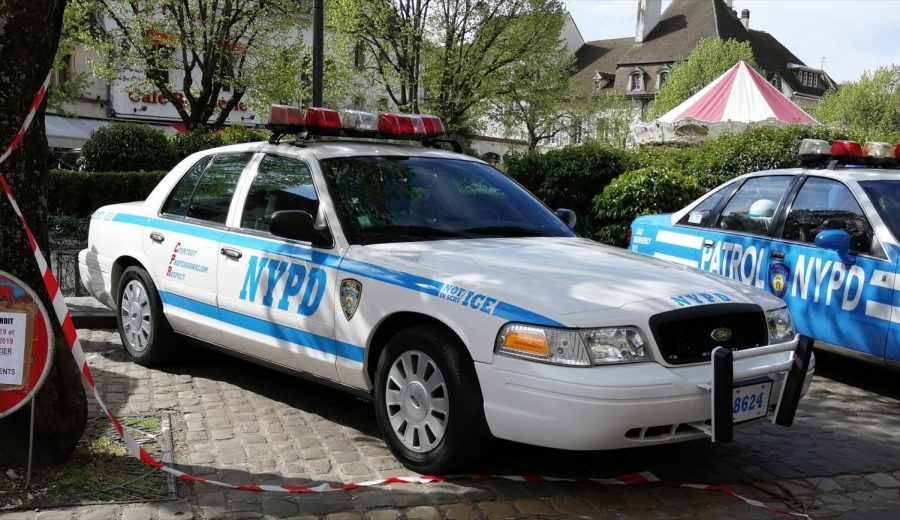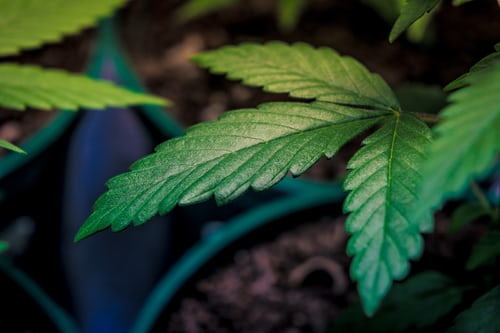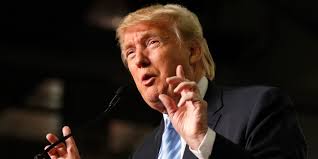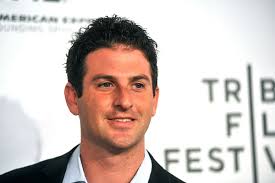Remember the old Mastercard commercials? You had something for $X and something for $Y (ideally, these were paid for by your hypothetical Mastercard), and the combination of these culminated in a priceless moment/experience. Child’s first birthday? Priceless. Relaxing on a vacation? Priceless.
When it comes to economics, this “priceless” notion doesn’t hold. Economists like to price things. Sometimes, these prices are obvious. You can look up stock prices by the minute, and you can go to the grocery store and look at the price of a gallon of milk. Other times, these prices are more difficult. For instance, in the United Kingdom, the National Institute for Health and Clinical Excellence tries to price the effectiveness of medical treatments in terms of price per quality-adjusted life years [1].
These pricing exercises have immediate applications. In wake of the recent mass shootings, much of the country is in heated debate about new forms of gun laws and control policies. Some suggest taxing guns and gun licenses, others say the NRA should pay for tragedy costs. These types of policies have economic implications. To deal with them in an economic light, we have to price gun violence.
The costs of gun violence fall between the gallon of milk example and the quality of life case. A shot in glass window costs as much as the cleaning of the glass and the repair of the window, two easy things to find out. However, what does a teenage gun suicide cost? You could use the average life expectancy, calculate the remaining number of years, and determine a monetary cost of missing each year of life. Stanford economists speculated that a year of life was about $129,000 [2], so this type of calculation isn’t impossible. It isn’t the only option though. You could also calculate future expected earnings, and then determine the loss in productivity and taxes. You could view the life as an investment of time and care—the amount of money placed into education, health care, and other costs associated with raising a person. You could combine all of these in any number of ways.
This barely scratches the surface of gun violence calculations. It’s a messy and inexact science. Still, economists keep trying to solve the problem. The University of Chicago Crime Lab published a harrowing report on youth gun violence in Chicago, looking at personal losses and effects on community businesses. In total, the report concludes that gun violence cost Chicago about $2.5 billion every year. That’s about $2,500 a household [3], and it’s just one American city. It’s the third city on a report of gun deaths per capita, trailing only New York City and Los Angeles [4].
Of course, the University of Chicago Crime Lab number isn’t the only calculation. In 2008, the Public Services Research Institute found that gun violence cost federal, state, and local governments about $4.7 billion “including costs for medical care, mental health, emergency transport, police, criminal justice and lost taxes.” When productivity, quality of life, and suffering are added to the equation, the cost ranges from $20 to $100 billion [5].
$80 billion is a large range, making it hard to pin a specific price. Pricing gun violence is an upwards struggle, and there may never be a perfect answer.
[1]http://www.nice.org.uk/newsroom/features/measuringeffectivenessandcosteffectivenesstheqaly.jsp
[2] http://www.time.com/time/health/article/0,8599,1808049,00.html
[3] http://crimelab.uchicago.edu/page/report
[4] http://www.cdc.gov/mmwr/pdf/wk/mm6018.pdf
[5] http://www.huffingtonpost.com/john-rosenthal/health-care-costs-and-gun_b_393054.html
Image from http://www.theatlanticcities.com/neighborhoods/2012/12/geography-us-gun-violence/4171/

